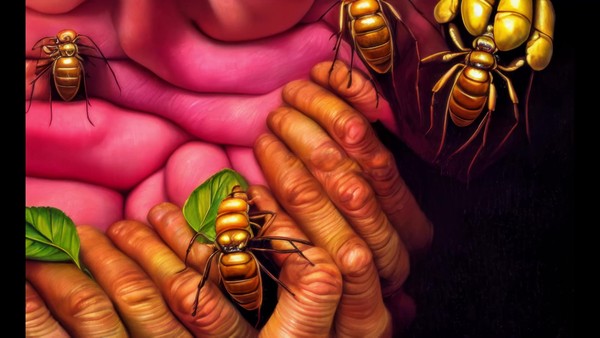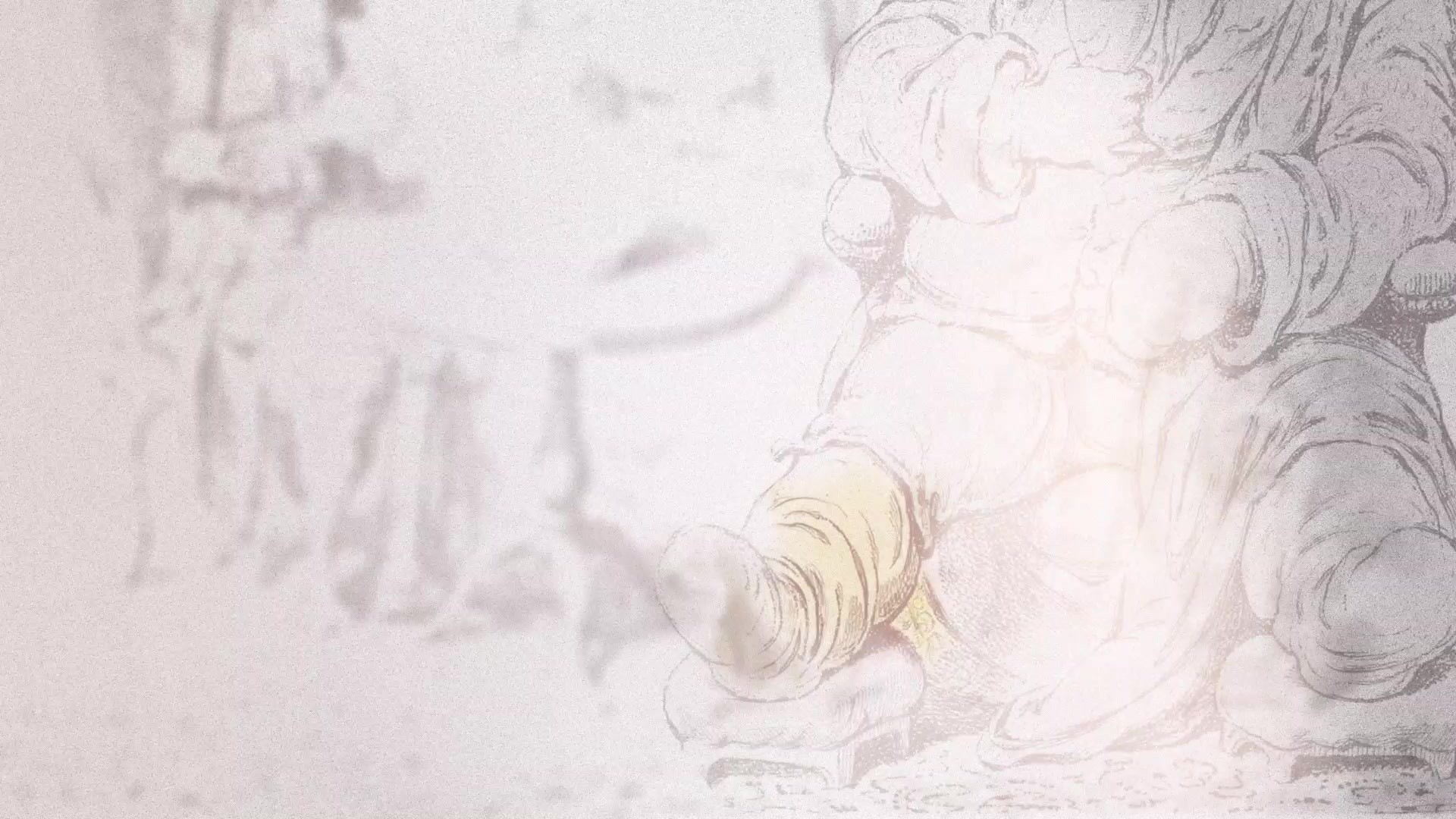Cannes Lions
The Outside In Experiment
AREA 23, AN IPG HEALTH NETWORK COMPANY, New York / HORIZON THERAPEUTICS / 2023


Overview
Entries
Credits
OVERVIEW
Background
Gout isn’t just painful, it’s dangerous if crystals build up in vital organs. However, nephrologists and rheumatologists tend to underestimate the pain and don’t realize the urgency to treat. How could we break through to doctors with emotionally and medically resonant messages on a tight timeline and with a limited budget?
Our objective was to bring the content to life in a way that had never been done before—and do it quickly and inexpensively. Instead of using a traditional animation studio, we leveraged AI to visualize patient quotes and uric acid buildup in organs. We used social listening to find real patient quotes about the visceral pain of gout and paired these with unique artistic styles to bring this disease, and the patients it impacts, to life with maximum emotional resonance.
Idea
With The Outside In Experiment, we sought to visualize both the pain and systemic consequences of gout for the first time by using AI to create five original films.
Through social listening we found visceral descriptions of gout pain in vivid terms—hornets, electricity, barbed wire. Using AI capabilities to turn text into images, we then fed those patient quotes into the image generator, alongside physician descriptions of the anatomical implications of uncontrolled gout.
To fully capture the gory and unsettling nature of our gout message, we leaned into an emerging artform, AI animation. We developed a bespoke in-house workflow to generate 1,000-frame animations frame by frame.
The result is a series of films as unsettling as the disease itself.
Strategy
People suffering from gout know well that it is one of the most painful conditions to experience. However, this pain is often dismissed as “just gout” by those who haven’t experienced it, including physicians. At the same time, gout isn’t taken seriously as a systemic disease, even though uric acid crystals can build up in vital organs and cause serious comorbidities.
When doctors are given this information, they tend to downplay or dismiss it as something they already know. We had to find a way to get to them emotionally, to make them feel uncomfortable, disturbed, and unsure, just like patients do. The approach had to be viscerally moving, while simultaneously educational. The innovative AI approach garners interest, while the content of the films educates, and the combination of the vivid imagery and the immersive sound brings the doctors into the strange, terrifying world of uncontrolled gout.
Execution
Dozens of prompts were engineered to generate 1,000 frames per film, each rendered as an individual image based on a combination of text prompt and the previous frame.
Spatial differences in the physical relationship between frames created the appearance of zooms, pans, and XYZ axes rotation, with mathematical functions dictating camera behavior—like a flipbook for the 21st century. Unique artistic styles were deliberately chosen to parallel the way patients described their pain.
Dozens of parameters were programmed, frames were rendered, reviewed, revised, and the entire process repeated. Each film required about 50 runs to achieve the final product, necessitating roughly two to three weeks of animation time each.
Using AI-generated imagery and experimental animation tools helped maximize efficiency, producing five total films over six weeks on a minimal budget. The films live on an HCP-facing microsite and were disseminated to our target list via email.
Outcome
Despite a limited budget and very little time to produce the bulk of the work before the end of the fiscal year, the results were astounding. Among busy rheumatologists and nephrologists, we achieved a 16% email click-through rate. The average time on the site was an unprecedented four minutes. And most surprisingly, over 20% of viewers revisited the site again to rewatch the videos and re-immerse themselves in the world of uncontrolled gout.
Similar Campaigns
6 items





